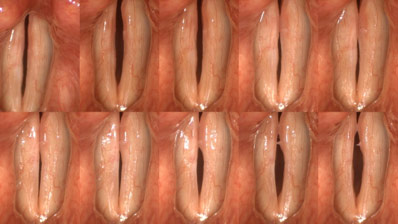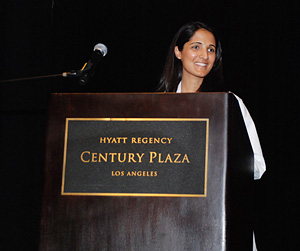- Question: How do the ingredients in e-cigarettes and vaporizers affect respiratory health? - August 16, 2019
- Bad Technique and Vocal Injury - January 9, 2019
- Is Edible Marijuana Dangerous for the Voice? Myths Dispelled - December 18, 2018
- Surprise! You have a hemorrhage - January 31, 2018
- Graves’ Disease: Treatment Overview - September 25, 2017
- Adele and the Stigma of Vocal Injury - July 11, 2017
- Vocal Curbside Consult: How does the thyroid affect the voice? - May 16, 2017
- Vocal Curbside Consult: How do hormones affect the voice? - May 3, 2017
- Vocal Curbside Consult: How do emotion and stress affect the voice? - April 17, 2017
- Vocal Curbside Consult: Vocal Recovery After Illness - April 7, 2017
A case was recently presented of the gospel singer’s vocal folds. In this case, the discussion focused on vocal fold scarring due to vocal abuse/misuse and a consequential loss of superficial lamina propria (SLP). We also mentioned that this phenomenon can occur due to surgery that was performed with suboptimal technique. This is an example of such a case, where the similarities between loss of SLP from surgery and from vocal misuse should be visible.
The patient is a 55 year old male who has had significant vocal demands as a teacher for several decades. He had noted sudden voice changes and sought care by an ENT, who informed him that he had a vocal growth. A recommendation was made for surgical excision and the technique that was utilized was laser treatment and excision of the lesion as well as excision.
The patient never noted any significant improvement after surgery and sought a second opinion one year later, after struggling with his voice. His stroboscopy is as follows:
The video demonstrates stiffening and scarring of the right vibratory margin, which is the location of the previously noted mass. There are areas of near absence of the vibrating layer of the vocal fold (superficial lamina propria). This is particularly noticeable later in the video during higher pitches.

Upon review of the patient’s medical records, a large polyp was visualized on the pre-operative vocal evaluation. The area of the polyp corresponds to one of the areas of vocal scarring that is currently present. Polyps can usually be excised without the use of laser, and this should strongly be considered in order to avoid the thermal injury of lasers. This patient clearly has vocal hygiene issues as well, as there is a fair amount of stiffening of the left vibratory margin, likely due to traumatic voice use and the polyp traumatizing the left fold pre-operatively. Recovery will be most limited by the glottic gap from vocal scarring and loss of superficial lamina propria.
To learn more about Dr. Reena Gupta or vocal fold scarring, visit: www.voicedoctorla.com.



